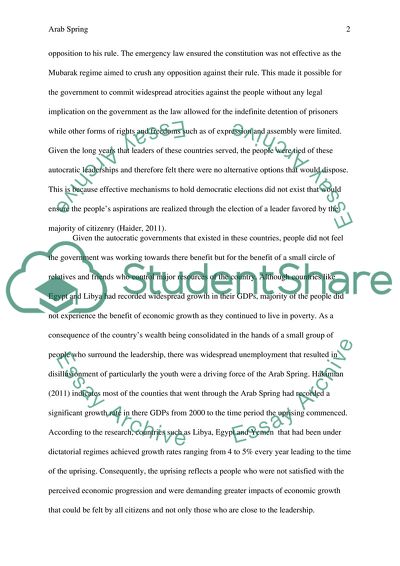Cite this document
(“Arab Spring: Consequence from Egypt, Yemen and Libya Essay”, n.d.)
Arab Spring: Consequence from Egypt, Yemen and Libya Essay. Retrieved from https://studentshare.org/social-science/1648154-please-check-the-assignment-criteria
Arab Spring: Consequence from Egypt, Yemen and Libya Essay. Retrieved from https://studentshare.org/social-science/1648154-please-check-the-assignment-criteria
(Arab Spring: Consequence from Egypt, Yemen and Libya Essay)
Arab Spring: Consequence from Egypt, Yemen and Libya Essay. https://studentshare.org/social-science/1648154-please-check-the-assignment-criteria.
Arab Spring: Consequence from Egypt, Yemen and Libya Essay. https://studentshare.org/social-science/1648154-please-check-the-assignment-criteria.
“Arab Spring: Consequence from Egypt, Yemen and Libya Essay”, n.d. https://studentshare.org/social-science/1648154-please-check-the-assignment-criteria.


